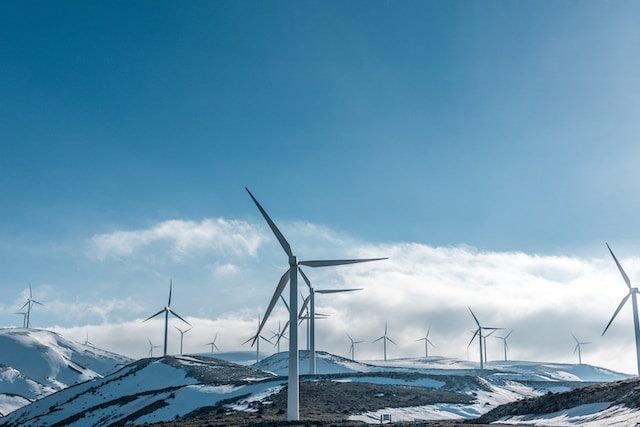
Welcome to our blog post on microgeneration in developing countries! In this article, we will explore how wind turbines are empowering communities around the world. Microgeneration refers to the production of energy on a small scale, typically at the community level. In developing countries, where access to reliable electricity is limited, microgeneration offers a sustainable solution to meet the energy needs of rural communities.
Why Wind Turbines?
Wind energy is one of the most abundant and renewable sources of power available. It harnesses the natural power of the wind to generate clean electricity. Wind turbines are particularly well-suited for microgeneration projects in developing countries due to their simplicity, low maintenance requirements, and scalability.
Benefits of Wind Turbines for Communities
1. Affordability and Cost Savings: Wind energy is virtually free once the initial installation costs are covered. This makes it an affordable and cost-effective solution for communities with limited financial resources.
2. Energy Independence: Investing in wind turbines allows communities to generate their own electricity, reducing their reliance on expensive and unreliable energy sources. This newfound energy independence empowers communities to take control of their own development.
3. Environmental Sustainability: Wind energy is clean and produces zero carbon emissions. By harnessing wind power, communities can reduce their carbon footprint and contribute to combating climate change.
Implementing Wind Turbines for Microgeneration
Implementing wind turbines for microgeneration requires careful planning and collaboration. Here are the key steps involved:
1. Assessing the Wind Resource
Before installing wind turbines, it’s crucial to conduct a thorough assessment of the wind resource in the target area. Factors such as wind speed, direction, and turbulence need to be evaluated to determine the suitability of wind power generation.
2. Selecting the Right Turbine
Choosing the appropriate wind turbine is vital to ensure optimal energy generation. Factors to consider include the average wind speed, electricity demand, available space, and budget constraints. Consulting with renewable energy experts can help make an informed decision.
3. Securing Funding and Support
Securing funding and support is crucial for the successful implementation of microgeneration projects. Governments, NGOs, and international organizations often provide grants and financial assistance to support renewable energy initiatives in developing countries.
4. Installation and Maintenance
Once funding is secured, the wind turbines can be installed and connected to the local electrical grid. It’s important to regularly maintain and service the turbines to ensure their optimal performance and longevity.
Success Stories in Developing Countries
Here are a few inspiring success stories of wind turbine projects in developing countries:
Mali
The Mali Nyetaa project, implemented in rural Mali, has brought affordable and sustainable energy access to remote communities. The project installed small wind turbines that power schools, health centers, and village households, improving the quality of life for the people living there.
Nepal
In Nepal, the WindPower Nepal project has successfully harnessed wind energy to provide electricity to off-grid mountain communities. This has enabled locals to engage in income-generating activities, such as running small businesses and ecotourism ventures.
Conclusion
Microgeneration through wind turbines is a promising solution for empowering communities in developing countries. Not only does it provide access to clean and affordable energy, but it also promotes self-sufficiency, environmental sustainability, and socioeconomic development. By harnessing the power of wind, communities can embark on a path towards a brighter and more sustainable future.
